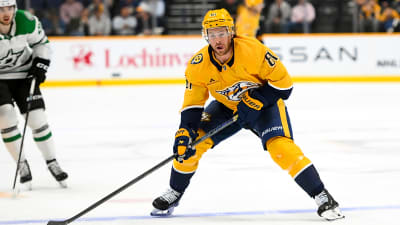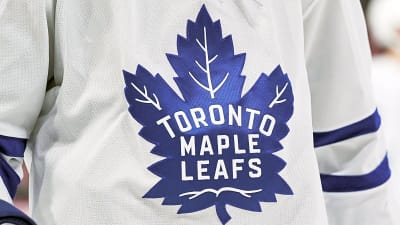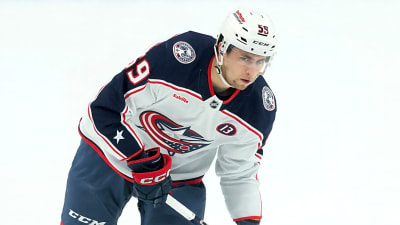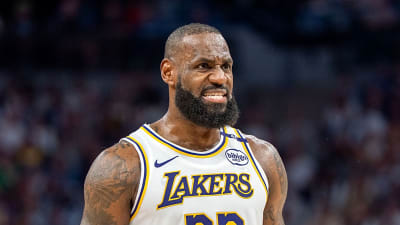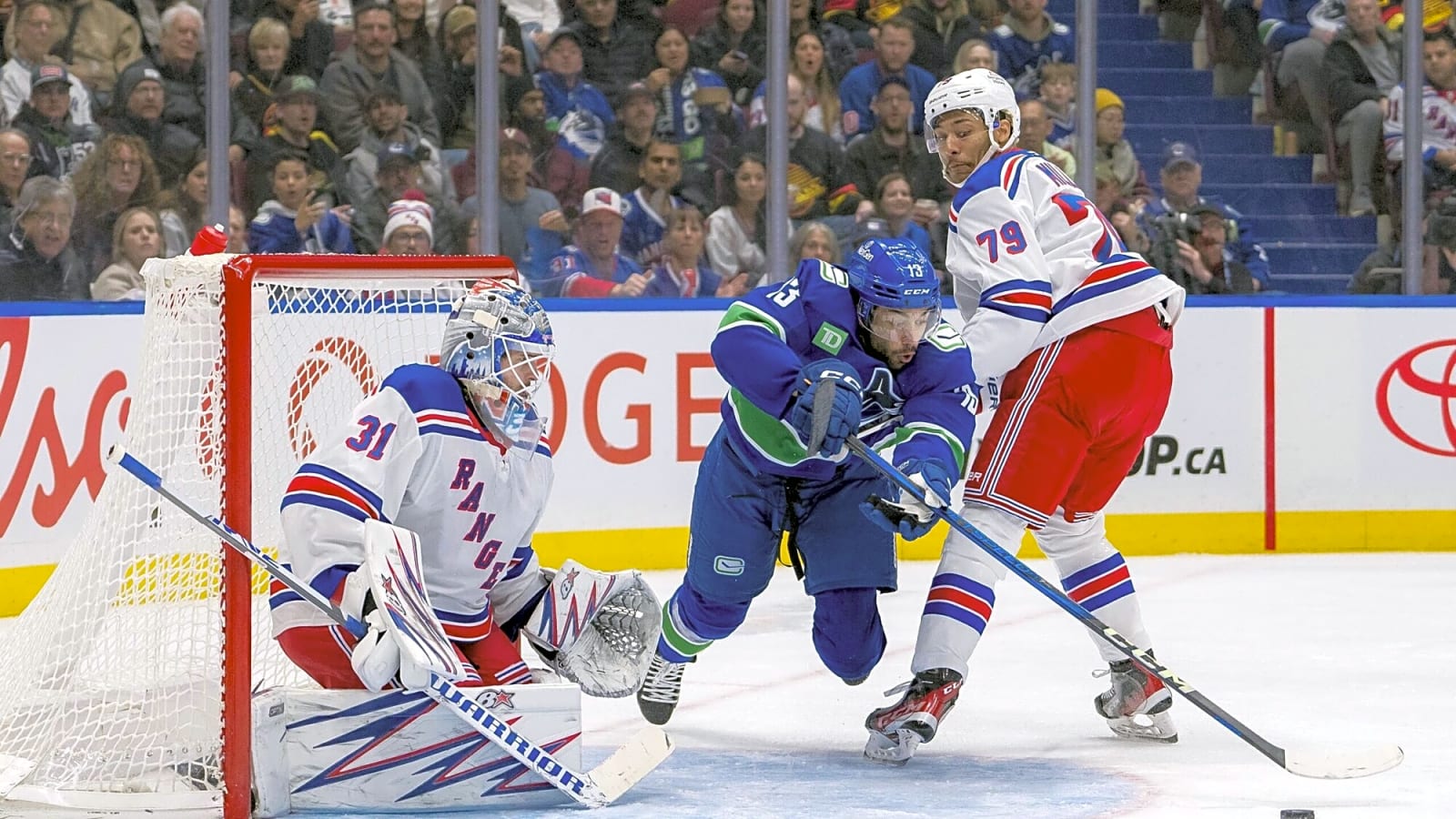
There’s a good deal of time sensitivity in writing this particular piece.
We knew that the Vancouver Canucks were attempting to cut some cap from their books by trading away one of their bottom-six forwards. On Thursday, they achieved this by trading Dakota Joshua to the Toronto Maple Leafs in exchange for a 2028 fourth round pick.
That’s left the Canucks with a trimmed roster and team salary.
Now, we’re not really under any delusions about the likelihood of the Canucks holding here. They almost certainly opened up that cap space with the intention of using it, and if the bulk of the reporting around the team is accurate, the space will almost certainly be used on a free agent like Jack Roslovic.
We’re also fully aware that such a signing might occur at some point between the initial writing of this article and its publication, hence the time sensitivity.
But if we can beat the clock here, we’ve got a brief window of opportunity to analyze where GM Patrik Allvin and Co. got their roster to in making the Joshua trade, and what options they opened up for themselves in doing so.
The 2025/26 Canucks roster, as it stands
We had already written extensively about the Canucks’ slightly-overstuffed forward corps heading into the 2025/26 season, and how it could probably stand to shed a body for both cap and roster space-related reasons.
With Joshua out the door, that’s done, and the shape of the remaining depth chart is pretty straightforward to construct from there:
Forwards
DeBrusk ($5.5M) – Pettersson ($11.6M) – Boeser ($7.25M)
Höglander ($3M) – Chytil ($4.44M) – Kane ($5.13M)
O’Connor ($2.5M) – Blueger ($1.8M – Garland ($4.95M)
Karlsson ($775K) – Räty ($775K) – Sherwood ($1.5M)
Bains ($775K)
Defence
Hughes ($7.85M) – Hronek ($7.25M)
M. Pettersson ($5.5M) – Myers ($3M)
E. Pettersson ($838K) – Willander ($950K)
Forbort ($2M) – Mancini ($870K)
Goaltending
Demko ($5M)
Lankinen ($4.5M)
That’s basically it, right? Sure, some other folks will be in the mix to crack the forward corps, including Jonathan Lekkerimäki and Max Sasson, but their own waiver-exempt status works against them there.
Minus Joshua, the Canucks’ forward corps is set up to accommodate all three of Aatu Räty, Linus Karlsson, and Arshdeep Bains finding a full-time spot.
That is, of course, until someone like Roslovic is signed, and then they’re right back to competing for limited spots.
The blueline will probably look a little different than we’ve laid out, too. Early reports are that the team is expecting Tom Willander to make the cut, but Victor Mancini will be given every opportunity to beat him out for the job. Chances are best that one makes it and one starts in Abbotsford, and then an older defender like Jett Woo or P-O Joseph takes the 8D/press-box role. Doing this opens up a little extra cap space, but not much.
In any case, besides those few housekeeping changes, what you see above is more-or-less what the Canucks’ roster would be if they held off on any further free agent signings or trades.
There’s plenty of appeal to this setup, too. Most fans didn’t really like the idea of one of Räty, Karlsson, or Bains needing to be exposed on waivers – and likely lost as a result.
In trading Joshua, of all the options, the Canucks have kept Nils Höglander’s goal-scoring potential, Teddy Blueger’s ability to play centre and kill penalties, and that big body presence that Drew O’Connor flashed at times last season.
It does leave the top-six looking a little threadbare, but that was probably to be expected, anyway.
What it also leaves the Canucks with is cap space, through which they could theoretically improve on said top-six, either in the immediate future or at some point in-season.
How much cap space have the Canucks achieved with this trade?
The above roster, as we’ve laid it out, adds up to a projected cap hit of $93,225,000 – once Oliver Ekman-Larsson and Ilya Mikheyev’s $5,479,167 worth of dead cap is added to the total.
Under the NHL’s new $95.5 million cap ceiling for the 2025/26 season, that leaves the Canucks with $2,275,000 in projected cap space.
This is a number that, if left as it is, would grow considerably throughout the season through the magic of accrual. If left until the Trade Deadline, it would allow the Canucks to add players to their roster with annual cap hits well in excess of $10 million.
Of course, that much accrual is unlikely to occur. But when we last talked cap, we noted that the Canucks were so tight up against it that they really hadn’t left themselves enough room to handle call-ups to cover short-term injuries. This $2,275,000 space is more than enough for that, and would allow for far more roster flexibility than the Canucks have enjoyed in recent years.
Of course, this all assumes that the Canucks don’t turn around and spend this space, which still seems like a likely outcome.
In that scenario, how much do the Canucks have to spend?
It’s a little more than $2,275,000. The roster we’ve listed above contains a maximum 23 of 23 possible players. Any additions to the roster would require a player coming off the roster, and that creates more cap space.
We hate to keep theoretically cutting the man, but let’s imagine the Canucks want to bring in a UFA forward – like a Roslovic – to take Bains’ spot on this roster. They’d effectively be able to take Bains’ $775,000 and add it to the $2,275,000 in open space for a tidy $3,050,000 in available spending.
In other words, they could sign Roslovic for about $3 million a season and still leave themselves a smidgen of wiggle room. Or, they could sign someone cheaper for about $2 million, and leave themselves even more space for injury call-ups. It’s also been suggested by some, like Thomas Drance of The Athletic, that the Canucks are considering running with a roster of 22, instead of 23. In that case, they could consider themselves having almost $4 million to spend on an addition.
Or, as in the premise of this article, they could add no one at all, and ride into 2025/26 with the roster we’ve listed above and the kind of cap space that – if sat on long enough – could accrue to the point of creating room for a truly high-quality mid-season addition.
The Dakota Joshua did exactly what it was supposed to do, in opening up options for the Canucks. Only time will tell what they do with those options – but, hopefully, enough time, at least, for you to have read this article before anything else happens.
More must-reads:
- Ducks sign starting goaltender to a new five-year deal
- Five takeaways from first half of WNBA season
- The 'NFL rookie 1,000-yard receivers' quiz
Breaking News
Trending News
Customize Your Newsletter
 +
+
Get the latest news and rumors, customized to your favorite sports and teams. Emailed daily. Always free!
